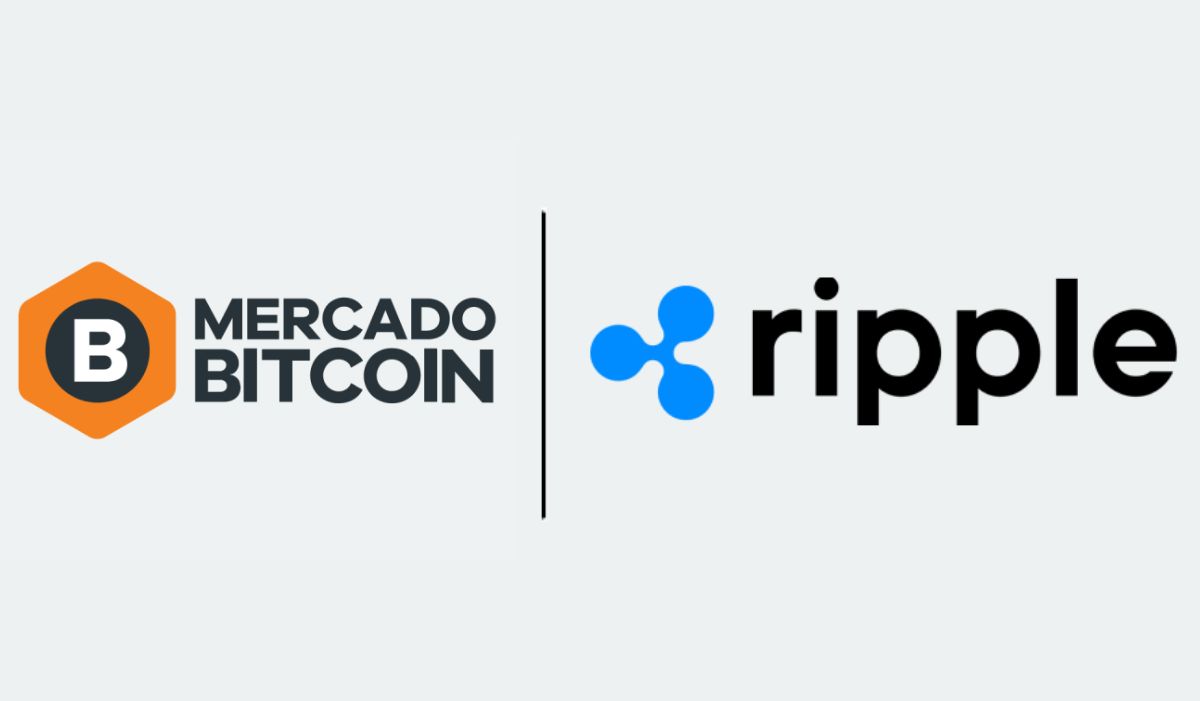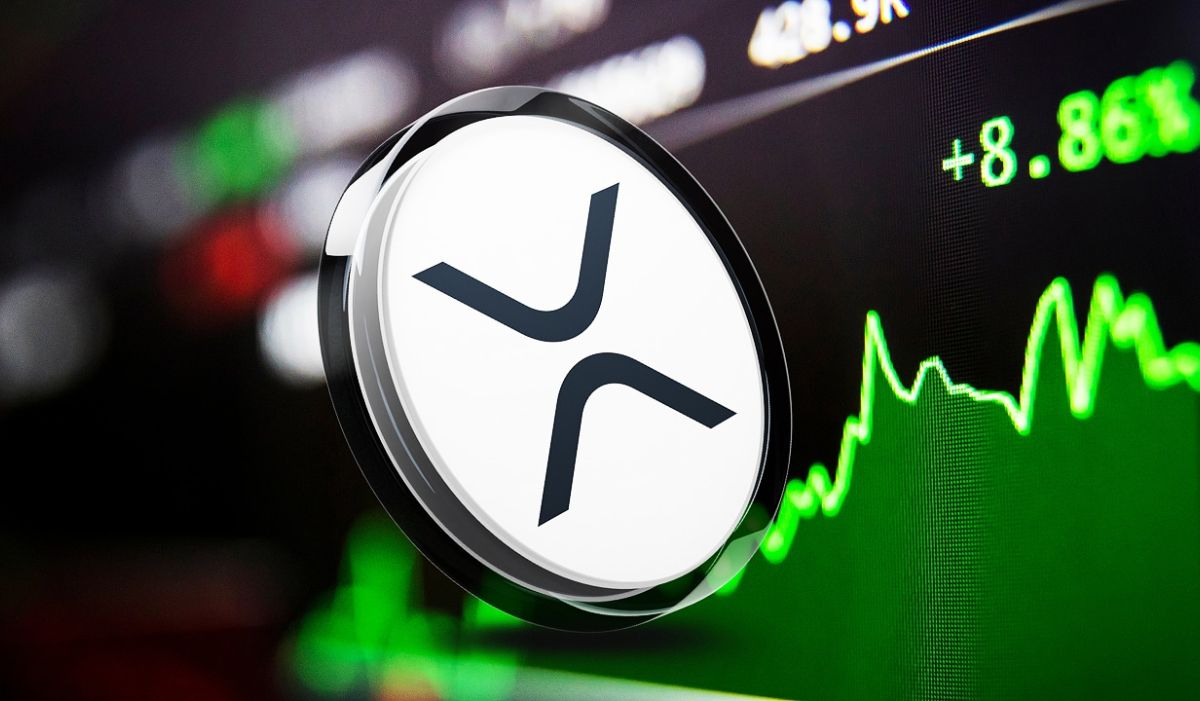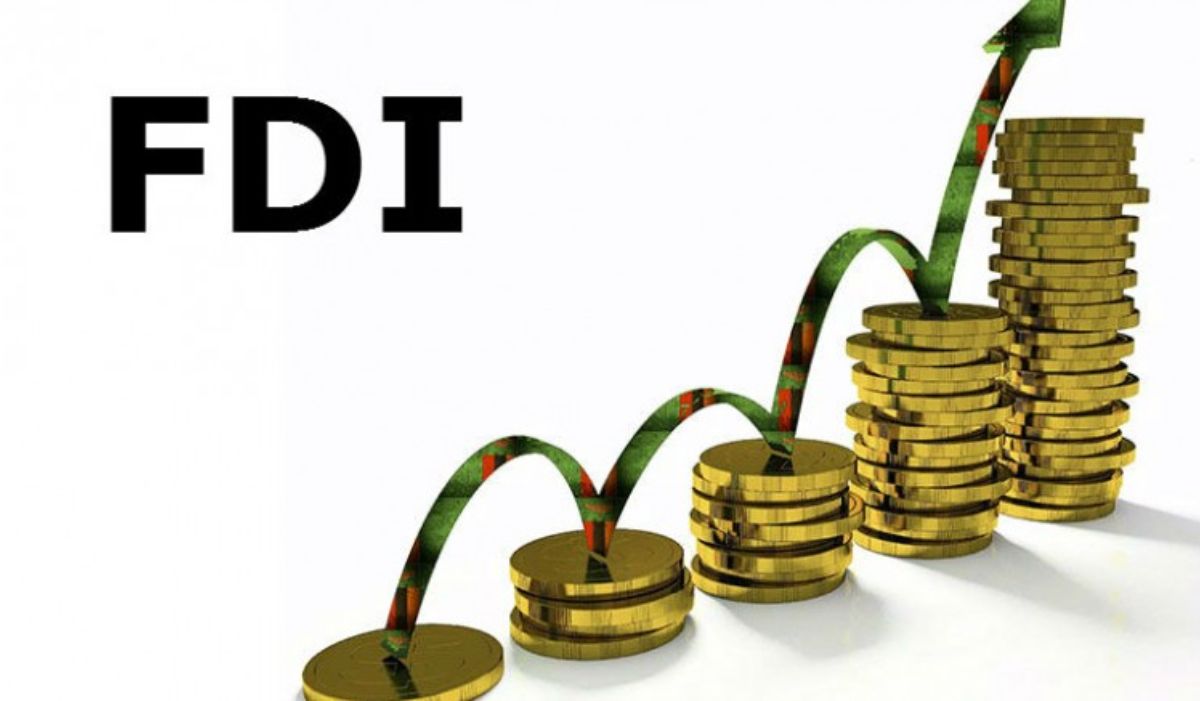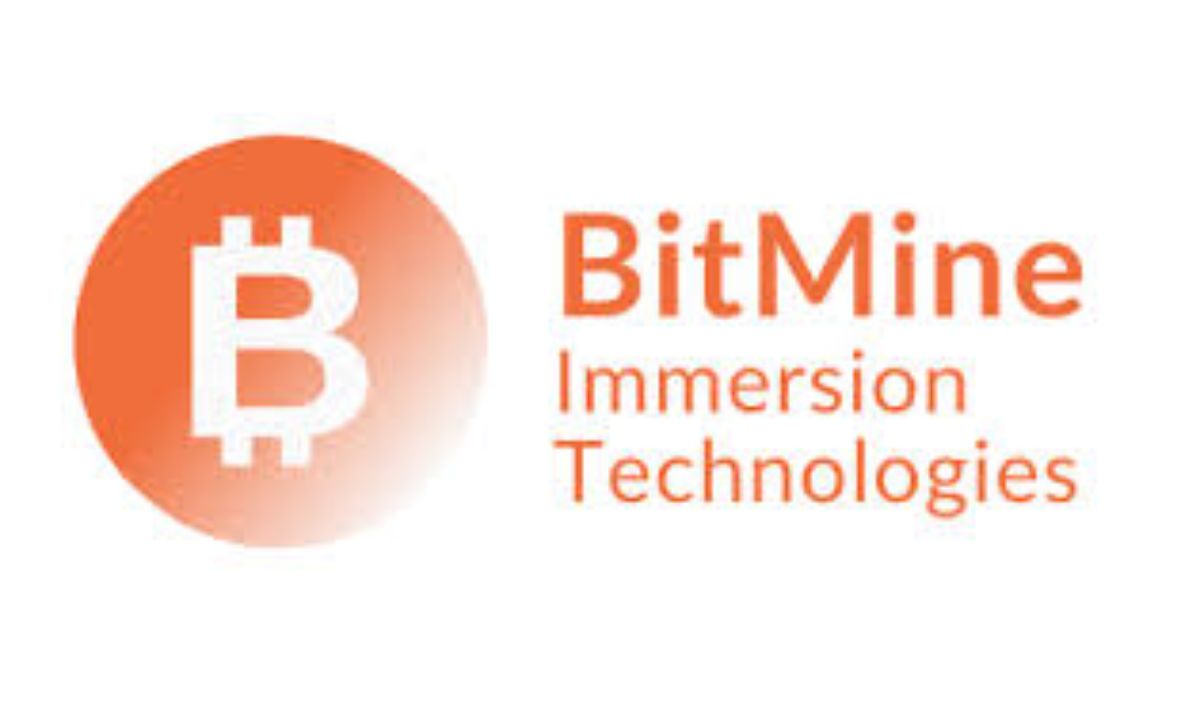Ripple, Mercado Bitcoin Bring $200M in Real-World Assets to XRP Ledger

Mercado Bitcoin, the largest crypto exchange in Latin America, is partnering with Ripple to bring over $200 million worth of traditional financial products onto the XRP Ledger (XRPL). This initiative marks a major step forward in tokenising real-world assets (RWAs) on public blockchain infrastructure.
The announcement confirms that Mercado Bitcoin will move a portfolio of fixed-income and equity-income products to the XRPL—Ripple’s decentralized, open-source network. These are financial instruments typically found in traditional banking, making the move a significant shift in how such assets are managed and accessed.
Ripple will assist with the technical rollout of the project, ensuring that the tokenised products leverage the XRPL’s proven performance and scalability. “This collaboration shows growing trust in public blockchain networks like the XRPL for hosting regulated financial assets,” said Silvio Pegado, Ripple’s Head of Latin America.
He added that the XRPL’s speed, compliance capabilities, and minimal transaction fees provide the ideal environment for large institutions to explore on-chain finance.
Since its launch in 2012, the XRPL has processed over 3.3 billion transactions and is supported by more than 200 validators globally. The network is widely used by developers, enterprises, and financial institutions for its speed, reliability, and track record of zero security breaches.
Mercado Bitcoin and Ripple already share an established relationship, including the use of Ripple’s payment rails to enable remittance flows between Brazil and Portugal. Mercado Bitcoin also became the first Brazilian exchange to list RLUSD, Ripple’s enterprise-grade, U.S. dollar-backed stablecoin.
This move adds to a growing trend: other major institutions, such as Ondo Finance and Guggenheim, have also begun tokenising assets on the XRPL. A joint report by Ripple and Boston Consulting Group forecasts that the market for tokenised RWAs could surge from $600 billion in 2025 to nearly $19 trillion by 2033.





